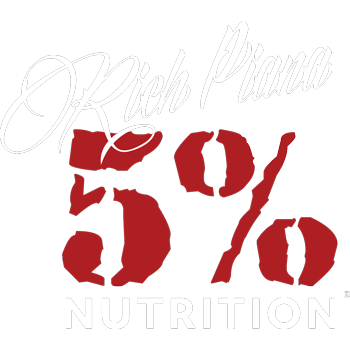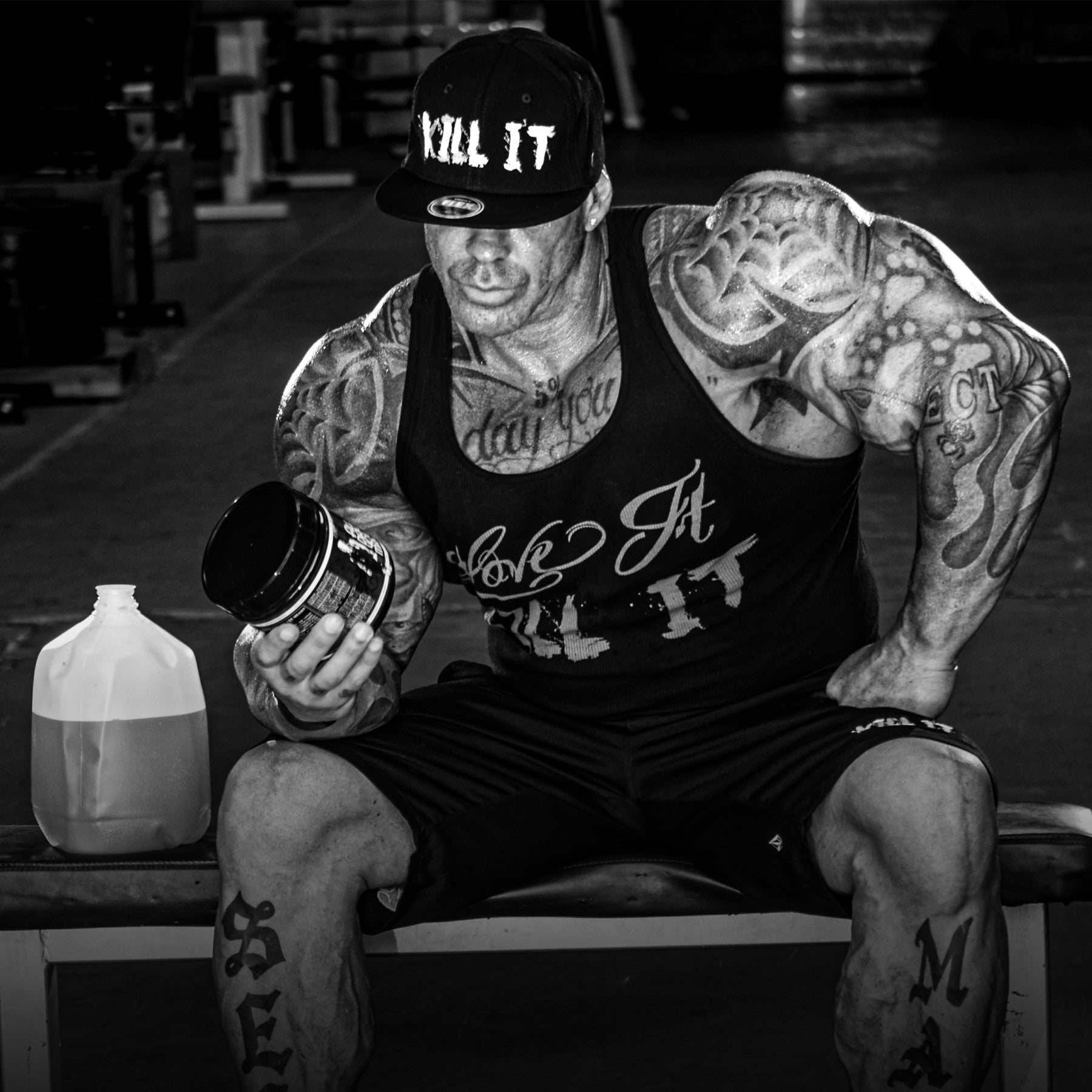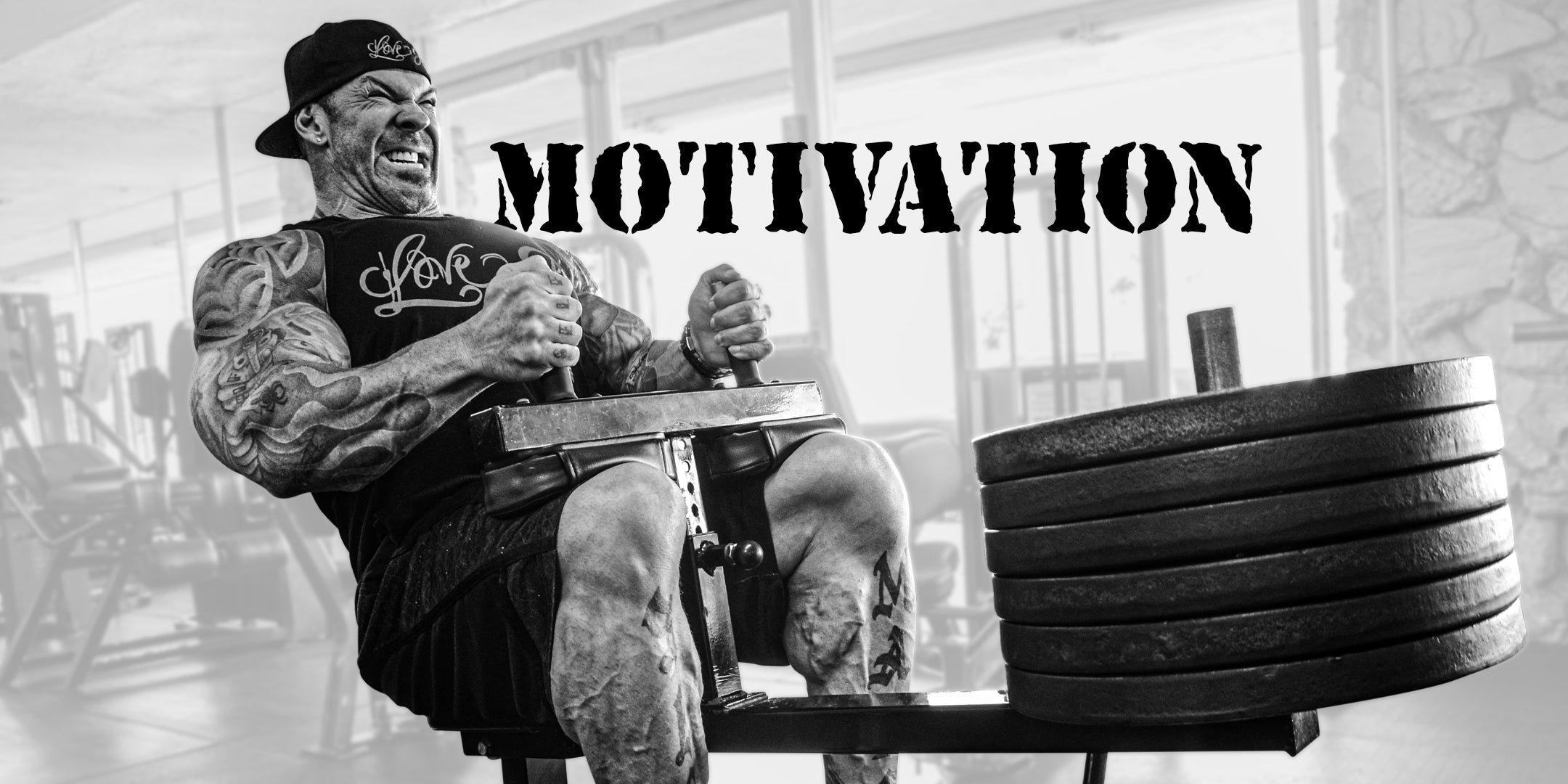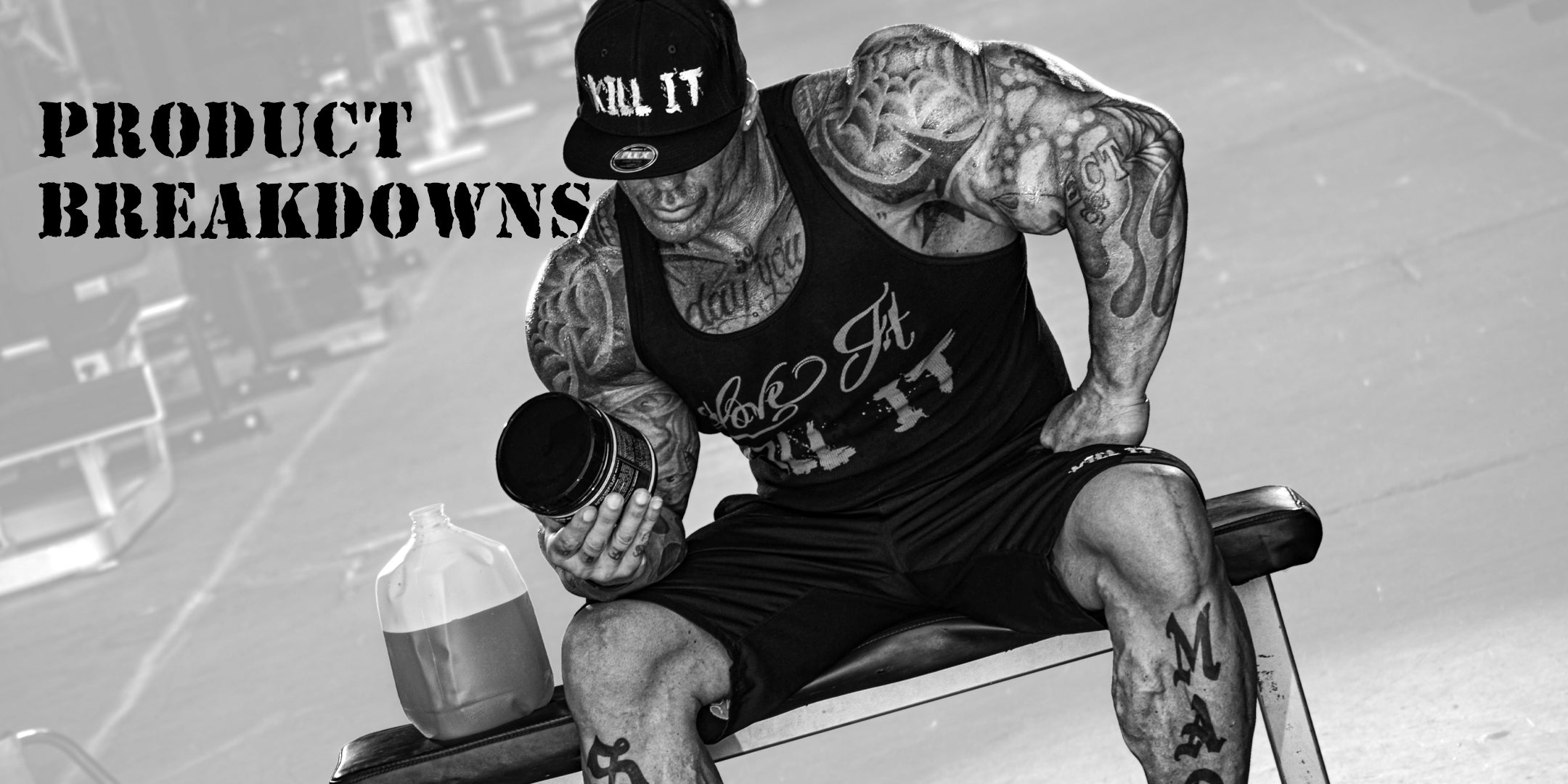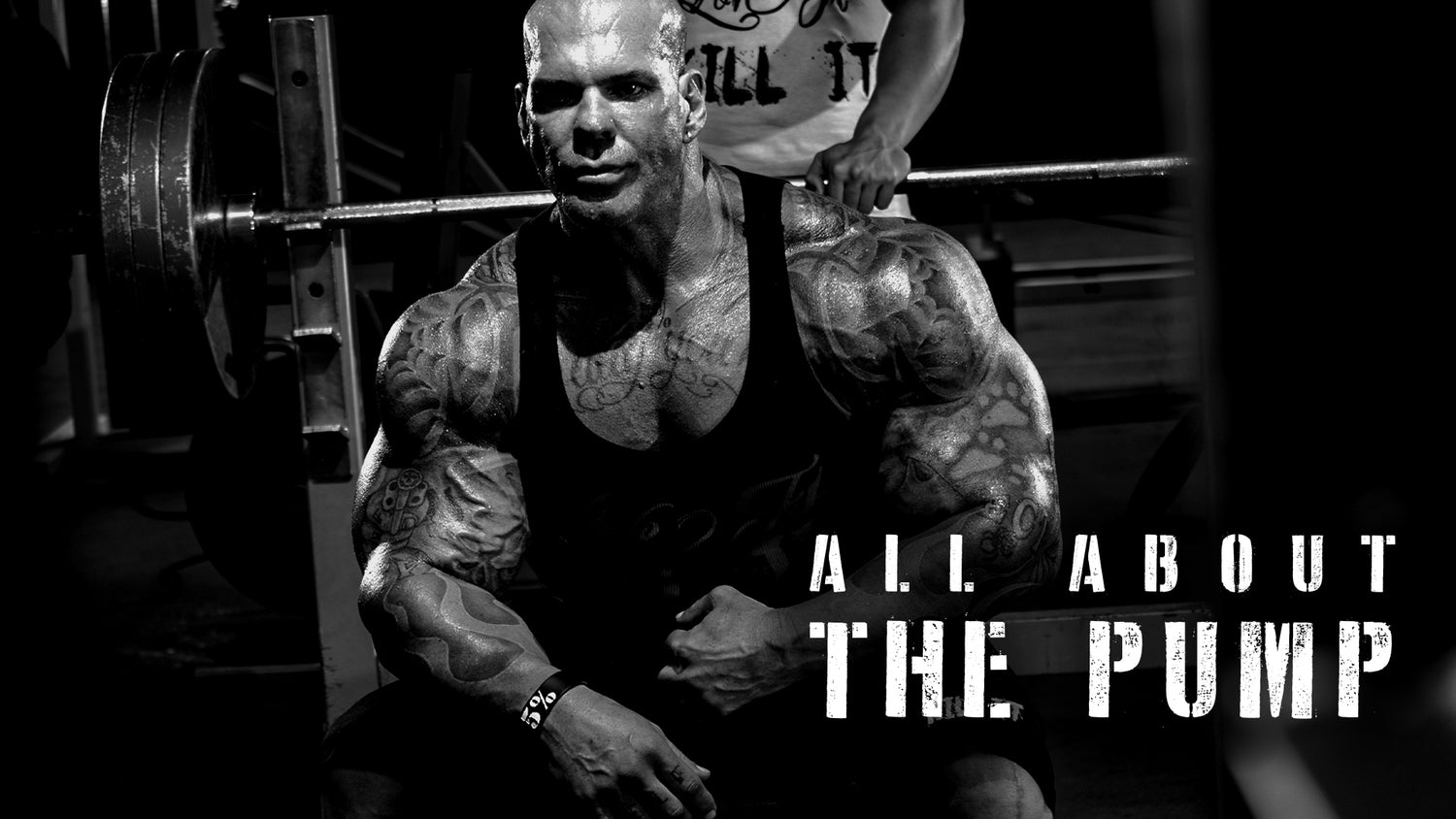Are you an experienced bodybuilder? Then you know what it means to get a great pump. What if you’re new to working out? You might have some idea of what the pump is, but chances are, you’re not sure. If so, it’s time to learn All About The Pump!
What Is The Pump?
For those who know, there’s nothing like a great pump. Certainly, legendary bodybuilder and 5% Nutrition founder Rich Piana felt that way! It’s a great feeling to look in the mirror and see your muscles exploding with that tight, pumped feeling! Not to mention your veins looking like a roadmap! It’s easy to see why many bodybuilders live for the pump. So what is the pump? It’s a physiological process where your muscles become filled with blood because of working out.
Here’s How It Happens
When you work out, your heart pumps blood to your working muscles, causing them to swell in size. At the same time, your muscles are still contracting. This causes the veins to tighten. As you continue to train, your muscles continue to swell. As more blood continues to be pumped to your muscles, intramuscular blood plasma increases. This reaches a point where it seeps out of the capillaries and into the interstitial spaces. That’s the space between muscle cells and blood vessels. The fluid buildup creates pressure that forces a surge of plasma back into the muscle. This causes blood to pool in the muscle, resulting in a huge pump.
Additionally, the pump increases nutrient and oxygen delivery to your working muscles. While this happens, natural waste products that occur in the muscles as you train are removed. This is an important process because it supports in-workout recovery and promotes the production of muscular energy.(1)
The Pump And Muscle Growth!
Most bodybuilders are looking for more muscle growth. While the pump’s effect on this has been debated, recent research suggests that the pump may help stimulate muscle growth. For new bodybuilders, an important term to know is “protein synthesis”. That’s a biological process that allows the synthesis of new skeletal muscle proteins. It’s a primary trigger of muscle growth, specifically when protein synthesis exceeds protein breakdown. That’s why adequate protein intake and timing matters.(2,3)
Keys To A Great Pump
The keys to a great pump include using higher reps, moderate weight, and reducing rest time between sets. Rich Piana was a big proponent of this approach because it directly targets the pump. If you’re new to bodybuilding, you should also include basic exercises like bench presses and squats. Drop your reps to 6-8 and lift a little heavier to build a strength foundation.
Don’t Forget 5% Nutrition Supplements!
From a supplement perspective, there are 2 main ways to support great pumps. First, by increasing nitric oxide production. The body produces nitric oxide which is important for blood vessel health. It’s a vasodilator, which means it relaxes blood vessels. This causes greater blood flow, which leads to better pumps.(4)
Second, several supplements help pull water into the muscles, increasing muscle cell volume, and creating water-based pumps. The best pump enhancers contain a combination of both kinds of ingredients, such as the legendary Full As F*ck, and all our pre-workouts!
Also, for the best pump, stay hydrated. Try adding a Hydrate Stick to your water bottle for optimal hydration. Also, don’t deprive carbohydrates in the hours around your workout. Besides supporting training energy, carbs support the pump because they help pull water into the muscle cells. It’s said that 1 gram of carbs pulls in 3 grams of water, which supports dramatic muscle fullness.(5)
Plus, getting in carbs and protein post-workout supports recovery and growth. Of course, we have a couple of products for this - Real Carbs mixed with Shake Time or Real Carbs + Protein. Both use real-food sources only for carbs and protein.
Recap
The pump is often called the “holy grail’ of bodybuilding, and many lifters train for the best pump they can get. Once you’ve experienced a pump yourself, check out your muscles in a mirror. You’ll be amazed at how monstrous it makes you look! Follow the tips in this article and visit 5% Nutrition to find all the best supplements for monster-sized pumps!
References:
- https://journals.lww.com/nsca-scj/fulltext/2014/06000/the_muscle_pump__potential_mechanisms_and.11.aspx
- What Is Protein Synthesis. (2015, December 27). Retrieved May 02, 2017, from http://www.proteinsynthesis.org/what-is-protein-synthesis/
- Protein synthesis. (n.d.). Retrieved May 02, 2017, from http://medical-dictionary.thefreedictionary.com/protein synthesis
- Ahmad, A., Dempsey, S. K., Daneva, Z., Azam, M., Li, N., Li, P. L., & Ritter, J. K. (2018). Role of Nitric Oxide in the Cardiovascular and Renal Systems. International journal of molecular sciences, 19(9), 2605. https://doi.org/10.3390/ijms19092605
- Van Rosendal, S; Guidelines for glycerol use in hyperhydration and rehydration associated with exercise.; School of Human Movement Studies, The University of Queensland; 2010; https://www.ncbi.nlm.nih.gov/pubmed/20092365
